A rapid self-test for the detection of human thyroid stimulating hormone (TSH) in whole blood to help diagnose an under-active thyroid.
1 test per pack.
Available for expedited delivery. Delivery details
A rapid self-test for the detection of human thyroid stimulating hormone (TSH) in whole blood to help diagnose an under-active thyroid.
1 test per pack.
1. Wash your hands with soap and rinse with clean, warm water.
2. Bring the pouch to room temperature before opening it. Open the foil pouch and remove the cassette.
3. Carefully pull off and dispose of the cap of the lancet.
4. Use the provided alcohol pad to clean the fingertip of the middle or ring finger as the puncture site.
5. Press the lancet, on the side from where the cap was extracted; against the fingertip (side of ring finger is advised). The tip retracts automatically and safely after use.
6. Keeping the hand pointing downwards, massage toward the end of the finger that was pricked to obtain a blood drop.
7. Without squeezing the capillary dropper bulb, place it in contact with the blood. The blood migrates into the capillary dropper to the line indicated on the capillary dropper. You may need to massage your finger again to obtain more blood if the line is not reached. Avoid air bubbles.
8. Put the blood collected into the sample well of the cassette, by squeezing on the dropper bulb.
9. Wait for the blood to be totally dispensed in the well. Unscrew the cap of the buffer bottle and add 2 drops of buffer into the sample well of the cassette.
10. Wait for the coloured line(s) to appear. Read results at 10 minutes. Do not interpret the result after 20 minutes.
Read results at 10 minutes. Do not interpret the result after 20 minutes.
POSITIVE: Two lines appear. Both T (test) and C (control) line appear. This result means that the TSH level is higher than the normal (5μIU/mL) and that you should consult a physician.
NEGATIVE: One line appears. Only control line appears (C). This result means that the TSH level is not in the range to consider hypothyroidism.
INVALID: Control line fails to appear. Insufficient specimen volume or incorrect procedural techniques are the most likely reasons for control line failure. Review the procedure and repeat the test with a new test. If the problem persists, discontinue using the test kit immediately and contact your local distributor.

If you have purchased this item in the past please leave a review. Every review is entered into a draw to win a £50 voucher.
Write a review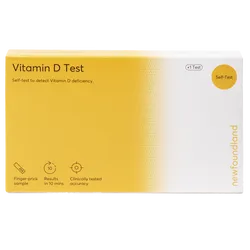
save £2.00

save £1.00
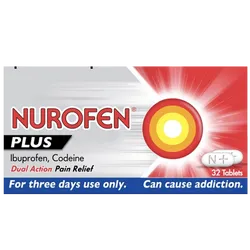
save £0.30
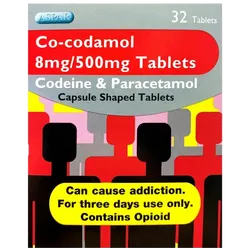
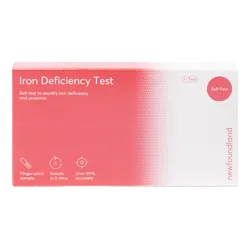
save £0.50
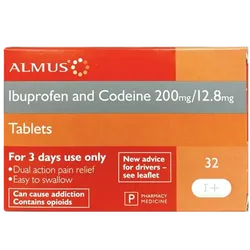
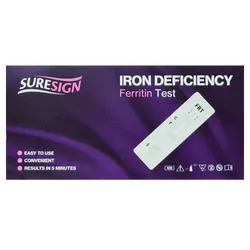
save £3.50
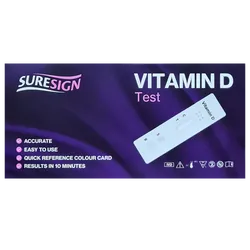
save £7.54

save £1.50
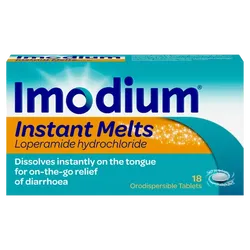
save £4.21
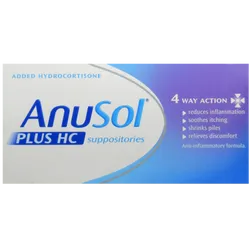
save £1.90

save £2.26